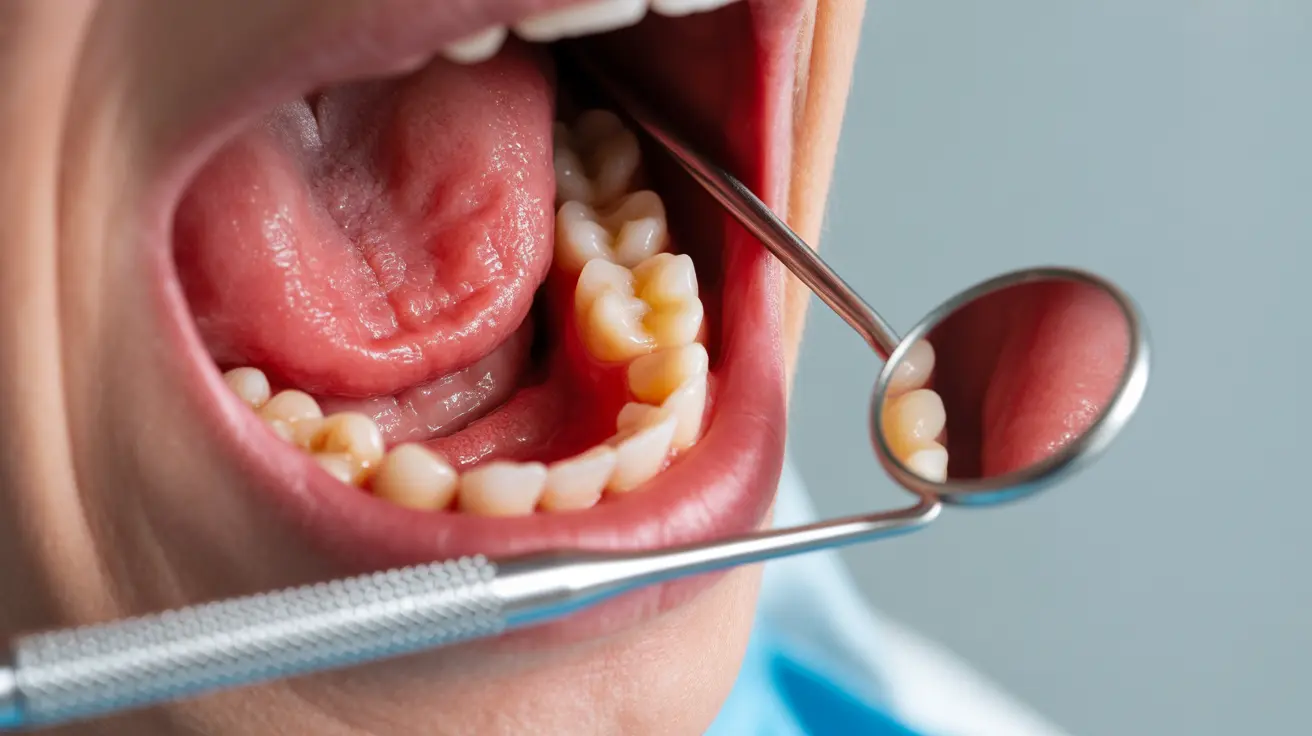Jumping spiders are fascinating creatures that often spark curiosity and, occasionally, concern among homeowners and nature enthusiasts. While these small arachnids might seem intimidating, they are generally harmless to humans and play a crucial role in controlling insect populations. This comprehensive guide will explore everything you need to know about jumping spider bites, their characteristics, and how to handle them safely.
With thousands of jumping spider species worldwide and around 300 native to the United States, these agile hunters are more likely to avoid human contact than to cause harm. Understanding their behavior and potential interactions can help alleviate unnecessary fears and promote coexistence with these remarkable insects.
Jumping Spider Characteristics and Behavior
Jumping spiders are unique among arachnids, distinguished by their exceptional hunting strategies and distinctive appearance. Unlike web-building spiders, they actively hunt prey by using their remarkable jumping abilities, often leaping several times their body length to capture insects. Species like the Phidippus audax, commonly known as the "orchard spider," feature striking color patterns such as orange and white spots or black and white stripes that make them easily recognizable.
Do Jumping Spiders Bite?
While jumping spiders can bite, they typically do so only when feeling threatened or accidentally crushed. Their bites are generally less severe than bee stings and often result in minimal symptoms. Most jumping spider encounters will not lead to a bite, as these creatures prefer to avoid direct contact with humans.
Understanding Jumping Spider Bite Symptoms
When a jumping spider does bite, the symptoms are usually mild and short-lived. Typical reactions include:
- A small, localized welt
- Minor burning or stinging sensation
- Slight redness or discoloration
- Minimal swelling
Most bites can be effectively managed with simple first aid techniques and do not require extensive medical intervention.
First Aid for Jumping Spider Bites
If you experience a jumping spider bite, follow these recommended steps to minimize discomfort and prevent potential complications:
Immediate Care
- Clean the bite area thoroughly with soap and water
- Apply a cool compress to reduce swelling and alleviate burning
- Use topical antibiotic ointment if a welt develops
- Consider over-the-counter antihistamine or analgesic creams for additional relief
Monitoring Your Symptoms
While serious reactions are extremely rare, it's important to monitor the bite area and your overall health. Most symptoms should resolve within a few hours to a couple of days.
When to Seek Medical Attention
Although jumping spider bites are typically harmless, certain situations warrant professional medical evaluation:
- Symptoms persist or worsen after 24-48 hours
- Signs of an allergic reaction develop
- You suspect the bite might be from a different, potentially dangerous spider species
- Unusual or severe symptoms occur
Spider Identification and Prevention
To minimize potential spider encounters and bites, consider these practical tips:
- Attempt to note the spider's color, size, and distinctive markings if bitten
- Take a photograph of the spider for later identification, if possible
- Seal potential entry points in your home
- Keep living spaces clean and free of insects that might attract spiders
- Use protective clothing when working in areas with high spider populations
Frequently Asked Questions
Do jumping spiders bite and how dangerous are their bites?
Jumping spiders can bite but rarely do so. Their bites are generally mild, causing minimal discomfort similar to a small insect sting. Severe reactions are extremely uncommon.
What should I do if a jumping spider bites me?
Clean the bite area with soap and water, apply a cool compress, and use over-the-counter antibiotic or pain-relief creams. Monitor the site and seek medical attention if symptoms persist or worsen.
Can a jumping spider bite cause an allergic reaction and what are the signs to watch for?
While rare, allergic reactions can occur. Watch for symptoms like significant swelling, intense pain, difficulty breathing, or widespread skin reactions. Immediate medical attention is crucial if these signs develop.
How do I identify a jumping spider and tell it apart from venomous spiders?
Jumping spiders are typically small, compact, and have distinctive eye patterns. They often have bold color markings and move in quick, jumping motions. Consult local field guides or expert resources for precise identification in your region.
How can I prevent jumping spiders from entering my home?
Seal potential entry points, maintain a clean environment, reduce outdoor lighting that attracts insects, and use natural deterrents like peppermint oil or vinegar solutions around potential entry areas.
By understanding jumping spiders and approaching them with knowledge and respect, you can coexist safely and appreciate these remarkable creatures in our shared environments.




